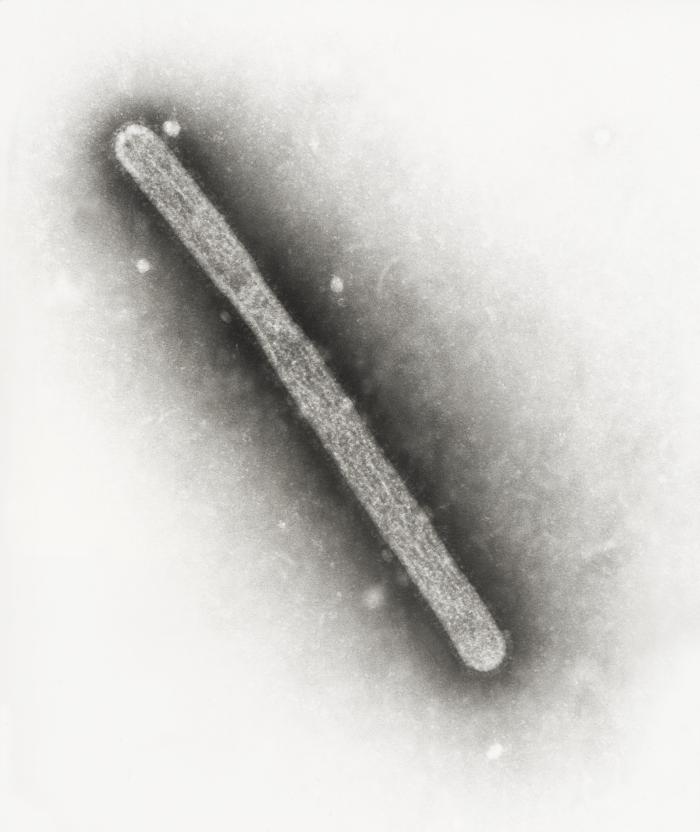

Inside a Dutch medical facility is a potentially devastating weapon that could kill millions: A genetically modified version of the H5N1 bird flu, engineered to be easily transmitted among ferrets. And the researchers who figured out how to do it would like to share their work with the world.
It’s a complicated conundrum, more so than it may seem at first blush. Biosecurity experts are now debating whether published research on the engineered flu (there are a couple papers in question) could be used as a blueprint for a bioweapon. But influenza researchers argue that virologists need every weapon they can find to fight the flu, which includes studying the ways it might spread to mammals. The National Institutes of Health funded the work.
The main paper is by virologist Ron Fouchier of Erasmus Medical Centre in Rotterdam, the Netherlands, who was studying how the bird flu virus could mutate to spread easily among people. He engineered the genome of H5N1 to make a virus that easily spreads among ferrets — the best animal model of the human response to flu — and says it proves bird flu can mutate to spread among the human population, according to Science Insider. He distributed one virus among different ferrets multiple times, essentially inducing it to adapt. After 10 virus generations, it became airborne, infecting healthy ferrets who were simply housed next to a sick one.
This is a terrifying prospect. Fouchier himself calls it “probably one of the most dangerous viruses you can make,” in an interview with Science Insider. Bird flu has been killing off poultry flocks since the 1990s, but there have been just 570 known cases in humans. And of those, 335 people have died. Virologists have thought avian flu could not adapt to mammals easily because it would require drastic changes to the virus’ genetic makeup, which might make it unable to reproduce. But Fouchier says his work proves this is untrue.
He has prepared a paper describing his methods and submitted it for publication. It’s first being reviewed by the National Security Advisory Board on Biosecurity, according to Science Insider, which quotes the NSABB chair, Paul Keim, promising they’ll have plenty to say on the matter in the coming weeks.
“I can’t think of another pathogenic organism that is as scary as this one,” Keim told Science Insider. “I don’t think anthrax is scary at all compared to this.”
Meanwhile, there’s a second paper with similar results, prepared by virologist Yoshihiro Kawaoka at the University of Wisconsin-Madison and the University of Tokyo. And two other H5N1 mutation studies have already been published — one by scientists from the U.S. Centers for Disease Control and another by scientists at St. Jude’s Children’s Hospital in Memphis, Tenn., which both involved engineering viruses with some genes from H5N1 viruses. (Those apparently did not ring the same alarm bells as Fouchier’s work.)
The NSABB is still reviewing the papers. We’ll let you know when they make a decision.
